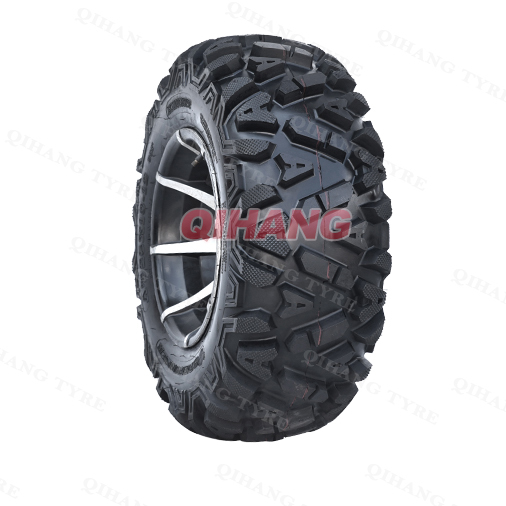The use of industrial and agricultural tires and ATVs ensures the normal driving of the car. This is a matter of common sense for anyone to understand, but few people want to know about the basic production of industrial and agricultural tires and ATVs. process, so what are the answers to this question?
The production process of industrial and agricultural tires and ATVs is mainly divided into the following contents:
1. Banbury mixing process: The process of mixing raw materials such as carbon black, natural/synthetic rubber, oil, additives, accelerators, etc., and processing them in an internal mixer to produce "rubber". All compounds are tested before entering the next process.
2. Preparation process of glue parts: including 6 main sections. In this process, all the semi-finished rubber parts that make up the tire are prepared, some of which are pre-assembled. The six sections are: extrusion, calendering, bead forming, cord cutting, apex sticking, and belt forming.
3. Tire building process: It is to assemble all semi-finished products on a building machine into a green tire. The green tire here means that it has not been vulcanized. After the raw tire is inspected, it is transported to the next stage.
4. Vulcanization process: The raw tire is loaded on the vulcanizing machine, and after a suitable time and suitable conditions in the mold, it is vulcanized into a finished tire.
5. Inspection process: The tires must first undergo visual inspection, and then uniformity inspection. After the uniformity inspection, a dynamic balance test is performed. After X-ray inspection, they are transported to the finished product warehouse for delivery.


